Software Tools
Research Projects
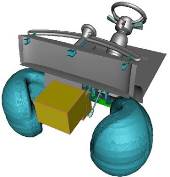
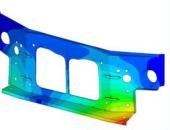
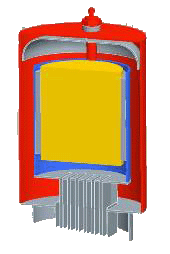
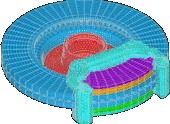
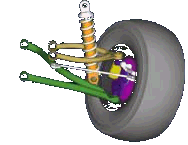

|
Engineering Services
Using integrated computer-aided
engineering tools and advanced engineering analysis techniques,
AES assists industry, academia,
and government with challenging engineering problems. This process allows
products to be developed more efficiently, with better quality, at reduced
cost, and with less time to market.
Our experts have successfully integrated
a variety of best-of-class computer-aided engineering tools
and technologies such as:
-
Theory of Inventive
Problem Solving
-
Computer-Aided Design
-
Finite Element
Modeling
-
Mechanism Analysis
-
Crashworthiness
Simulation
-
Reliability-based
design and optimization
-
Design
for Six Sigma, robust design & quality engineering
This integration enables our engineering
team to build computer models for numerous designs. To reduce time-to-production and improve quality, we simulate and optimize the design before
initial physical prototypes are built.
AES can be your virtual resource for rapid new product development.
Our experience with state-of-the-art computer-aided engineering tools and our
technical expertise can help you accelerate the achievement of your
strategic business goals.
Our Capabilities
- Conceptual Design Optimization.
We use software tools that utilize the Theory of Inventive Problem
Solving to evaluate and improve your conceptual designs.
We use Topological Optimization Technology to create the optimum shape
of components based on load paths.
We utilize engineering selection methodology that enables quantitative
optimal selection of materials, processes, components or other
engineering entities from relational databases.
- Parametric Solid Modeling.
We have experience with feature-based solid modeling of complex
geometry, as well as automatic finite element mesh generation of solid
and thin wall models.
- Structural Static and Dynamic Analysis.
We are skilled in stress analysis, including buckling, material and
geometric non-linearities, and metal forming simulation. We are expert
in analyzing transient dynamics, harmonic response, random vibration,
response spectrums, fatigue and fracture.
- Rigid and Flexible Body Mechanical Dynamics.
We are proficient with mechanism system analysis (kinematics and
kinetics) and collision and lock-up configuration detection, including
rigid and flexible components.
- Crashworthiness Simulation.
We use the state-of-the-art Explicit Dynamics finite element codes to
evaluate the crashworthiness of road vehicles, aircraft, ships, and
trains. Sophisticated crash simulation with airbags, seatbelts, and
dummies improves automobile design and safety.
- Product Impact Simulation.
Simulating drop tests of consumer electronic products, packaging
materials, power tools, etc. leads to fast design evaluation and to more
robust and durable products.
- Probabilistic analysis for safety, reliability, and risk
assessments.
- Multi-Physics Analysis.
We are experienced with analyzing coupled field problems such as
thermal-structural, fluid-structural, electromagnetic, and
electro-thermal.
- Computational Fluid Dynamics.
We have experience with assessing laminar and turbulent flow;
incompressible or compressible fluids; forced, free, and mixed
convection; conjugate heat transfer; and distributed flow resistance.
- Military Transportability Analysis.
Air, rail and ship transportability analyses (MIL-STD-1791) of
vehicles. Experience with military aircrafts such as MV-22, CH-53,
C-130 etc. External Air Transport Analyses, Load Master and
Engineering Method tie-down analyses for shipment via military
aircrafts (MIL-STD-209K).
- Military Mobility Analysis.
Mobility analyses of military vehicles for various performance
specifications (RMS courses, half rounds, durability profiles, etc).
NMRM and 3D Multibody dynamic analyses are performed.
|

